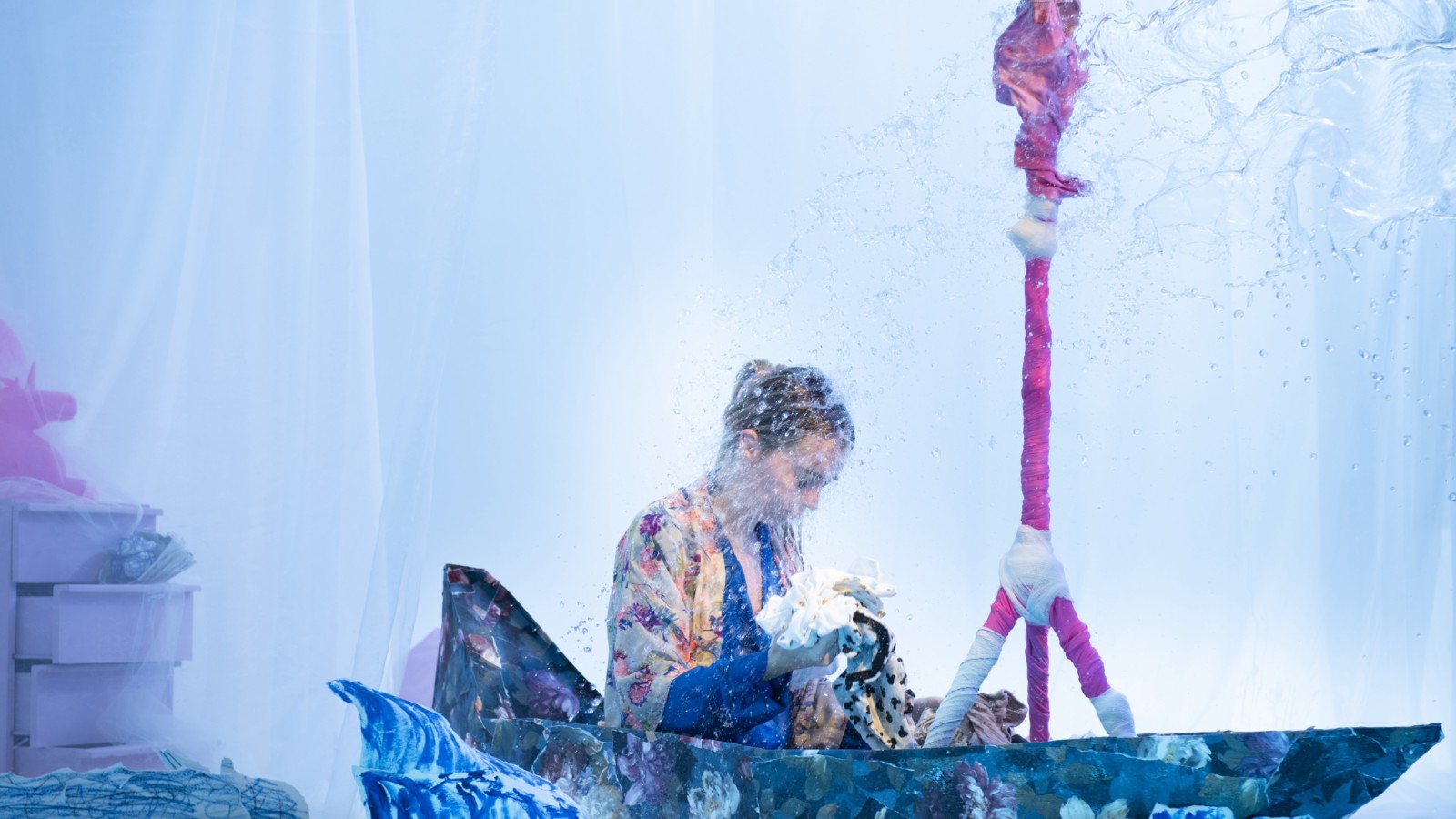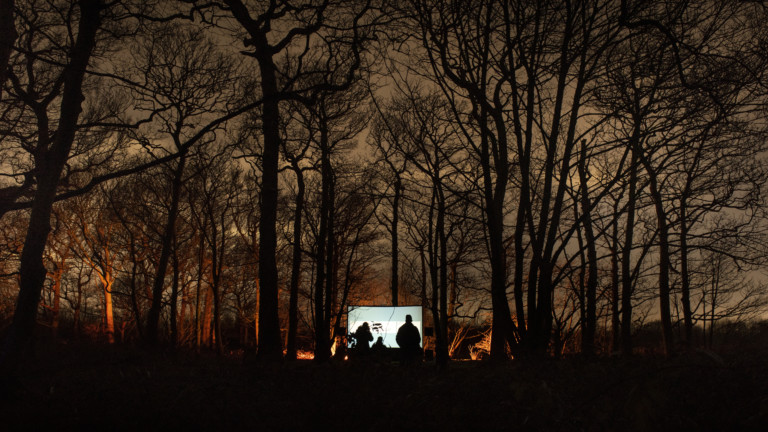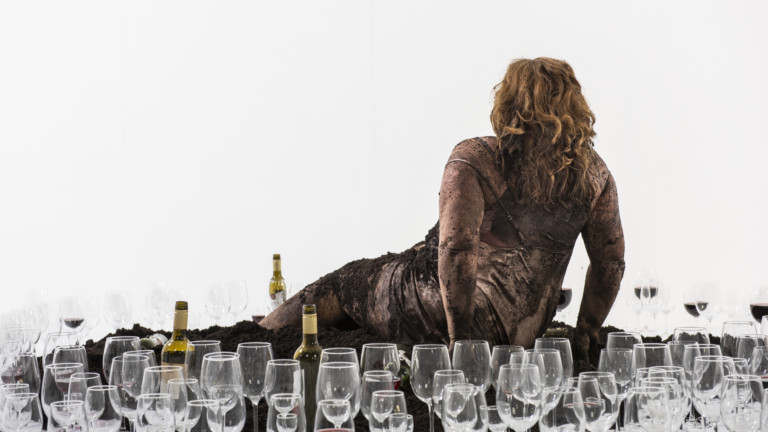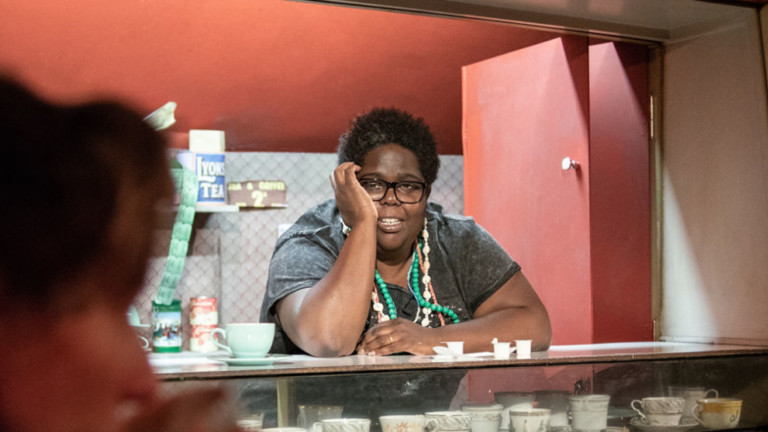How might we talk about suicide and grief and lift the veil of silence surrounding it?
How can that be done through art in a way that helps us all to listen better so that we genuinely hear and understand the experiences of those who have been affected by suicide?
Is it possible to leave whispers and shame behind and emerge in a new place of greater openness and fruitful conversation?
Those are some of the questions which have been preoccupying the artist Mark Storor for the last six years.
“We are pushing together to find a language to talk about this experience.”
Since 2018 Storor has been working with us to create a series of artistic interventions—The Suicide Chronicles-- that encourage people who have experienced the suicide of someone close to them, who have experienced suicidal thoughts, or who may have made an attempt on their own life, to use creativity to explore their grief and talk about something which is often considered taboo.
Suicide is often a public death but for those left behind is frequently an intensely private experience. The Chronicles put a frame around that private experience, in the process drawing the eye and making us stop, look and listen from a fresh place.
The five Suicide Chronicles are beautiful pieces of art but also a radical departure for the way they use both visual language and spoken word to talk with grace, poetry and brutal honesty about the impact of suicide and how experience of it affects people in many different ways.
The Chronicles are filmed in and with diverse communities in different places, but they speak back and forth to each other even as they highlight the universal and what is particular for every person.
The title of the Suicide Chronicle 5: My Truth and Yours “honours those differences” says Storor.
Co-created with 22 people living in Tallaght, Dublin many of whom are attendees of NINA For Life, a local suicide awareness support group, My Truth and Yours is a 108-minute film in which its co-authors present themselves to the camera in ways that make the internal visibly external.
A man sits in silence at a kitchen table reading a book. A woman tries to crawl through a tangle of barbed wire; another lies on a bed of feathers, a red ribbon coiling from her mouth.



“They are intense moments, vivid fragments of a personal story, but they come together to create a whole which asks us to consider different perspectives and recognise the complexity of emotion, of feeling and experience,” explains Storor.
The film is not always the easiest of watches, but just as the process of making it required a lack of ego on the part of Storor and the professional artists involved, constantly checking that they were privileging how the co-creators themselves wanted to be seen and heard by the world, so its form holds us too: the audience who are bearing witness. It brings us together in the act of watching together.
Think of it as a vigil, a period of time that marks a departure from daily life and which acts as a designated period of observance. In this case for a particular grief that is seldom acknowledged and often comes with stigma attached.
“You can’t rush these things,” says Storor. “The length it came out at is the length it needs to be.
I wholeheartedly believe that people will sit and allow themselves to be absorbed by it. Experiencing the work in its entirety is important, but I hope that there is enough space in it to allow the viewer, to drift at times but still be held gently by the circumstance of it. They can bring themselves back to it more fully when they choose. The form has a lot to do with that because it operates as a kind of stream of consciousness.” One which feels extremely Beckettian.
Because the experiences of those affected are so very different the decision was made to use a single narrator—a female voice—so that the piece has what Storor describes as “a reliable narrator.”
“It is a voice that you become used to. The sound of her voice acts as an anchor when you hear it. The words of everyone you see become a single stream of consciousness. It was about exploring form, finding a way, that allowed multiple truths to live together with respect rather than in tension with one another.”
That’s crucial because as one woman points out, her experience has often been that “other voices dismissed my ugly truth. Grief is ugly. The aftermath of suicide is brutal. You left me to deal with this.”
My Truth and Yours allows her to voice this publicly.
Storor was struck very early on in the workshops with the film’s co-creators how often the language people were using had echoes of Beckett.
“The idea of Beckett as a kind of psychic skin that we shared felt present in the workshops. Almost by osmosis it felt as if Beckett or aspects of his work that we recognised: the clarity of one single image, spare use of words, or breathtaking moments of silence that seemed to exist deep within us, but somehow beyond us too, offered us a manual, a way of giving form to trauma.”
There is a visual component of that too in the film in which every person is filmed in the same setting, a gauzy no-man’s land that puts you in mind of a dressing, a bandage which holds each individual as they expose the wound that they live with every day. It is an act of remarkable generosity.
At a time when the Samaritans and government agencies report that suicide rates are on the rise, The Suicide Chronicle 5: My Truth and Yours is a rare invitation to smash the silence around suicide.
In giving those left behind after suicide a voice their truths, including the ugly ones, and doing it in different places—whether Ireland, St Helens, or Wales—in multiple ways, Storor hopes that The Suicide Chronicles are using art to shift narratives around suicide and instigate change. “I don’t see the point of making art unless it feels important.”
The Suicide Chronicles are, vitally so.


 Thought
Thought Long Read
Long Read
